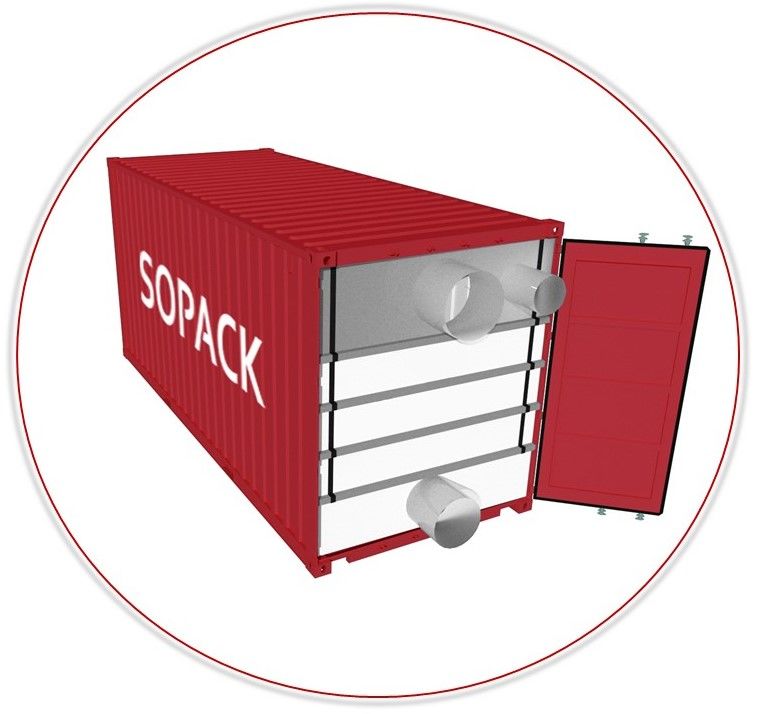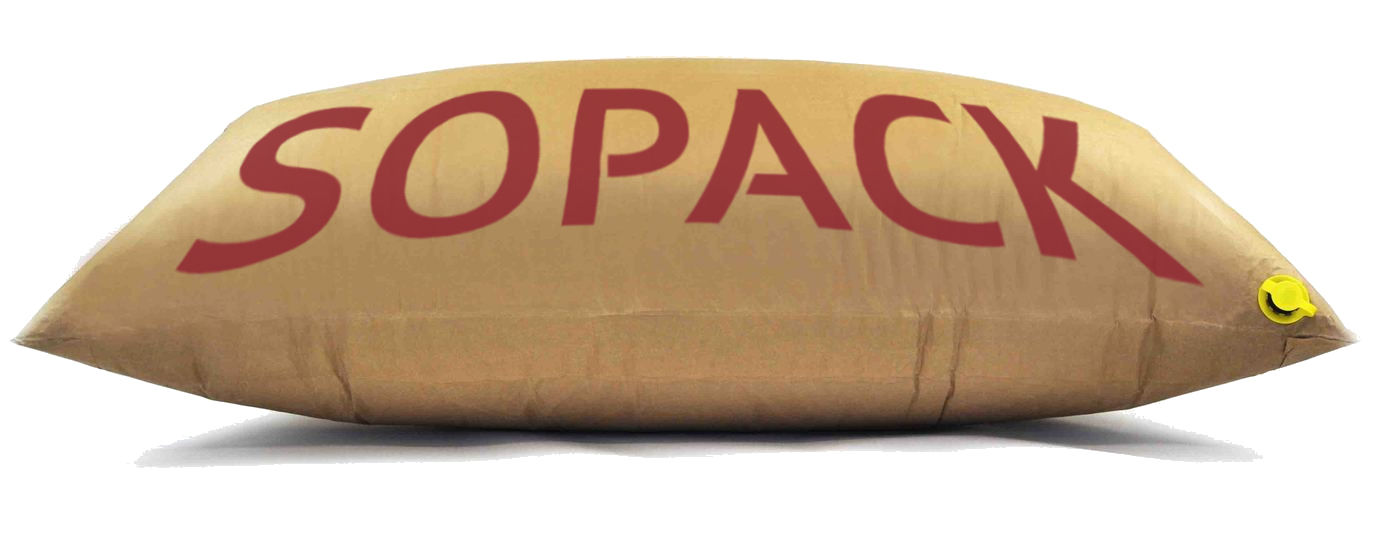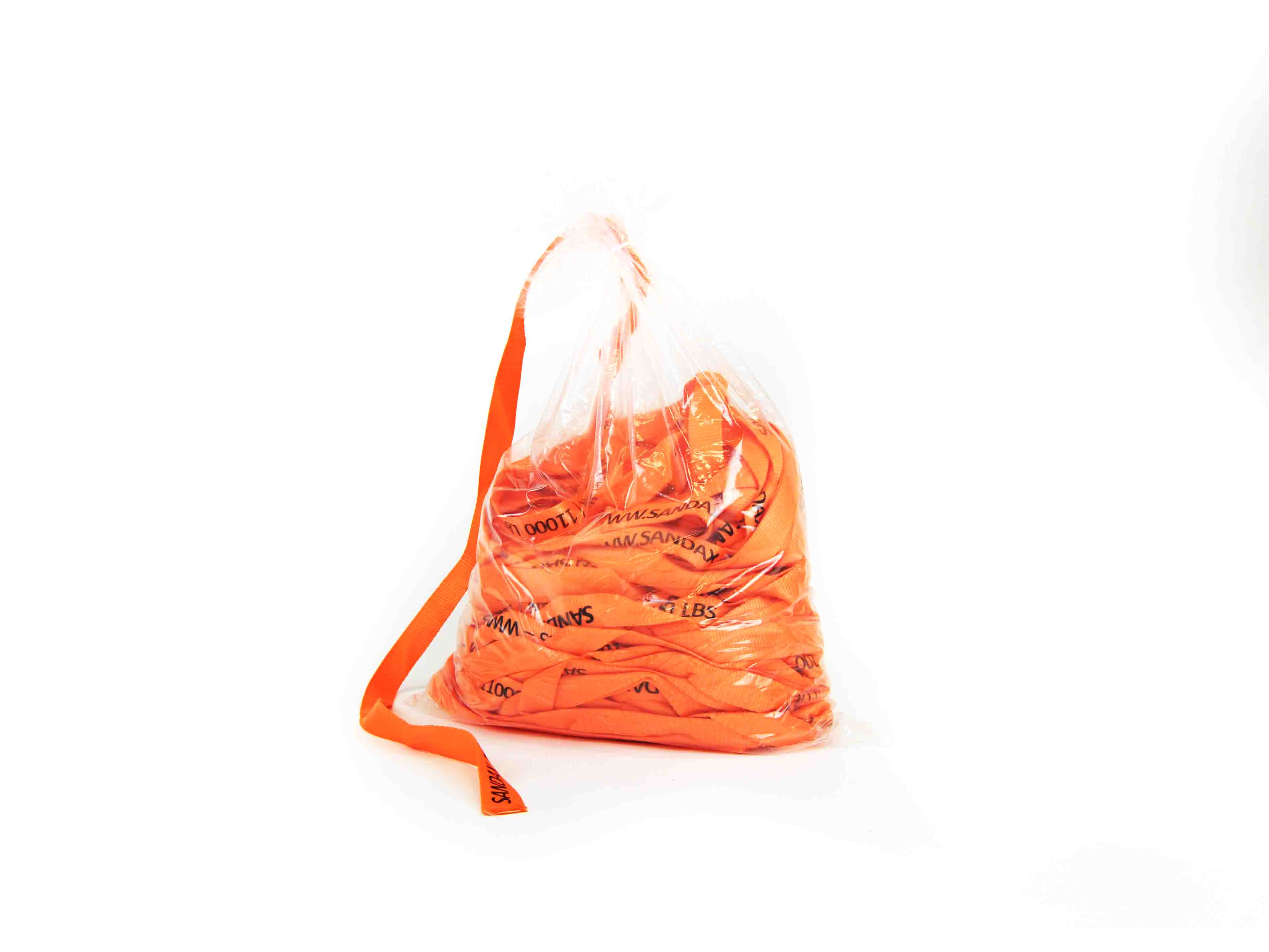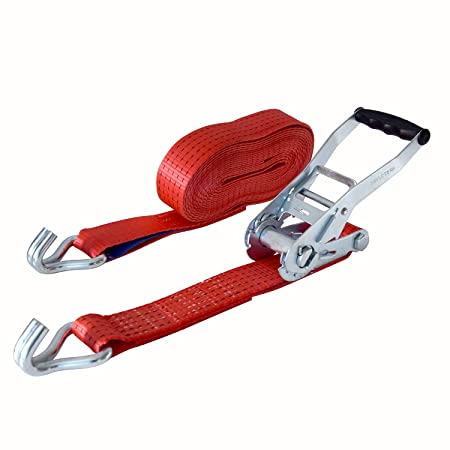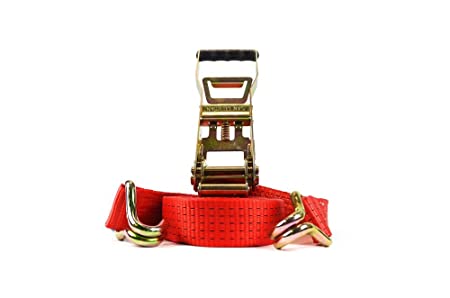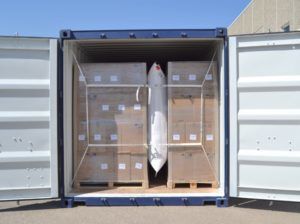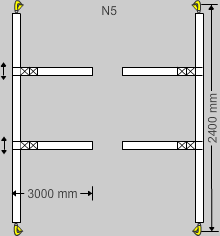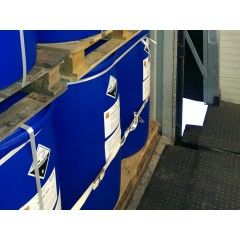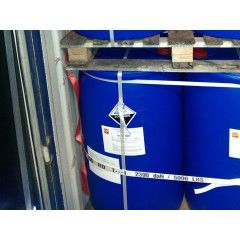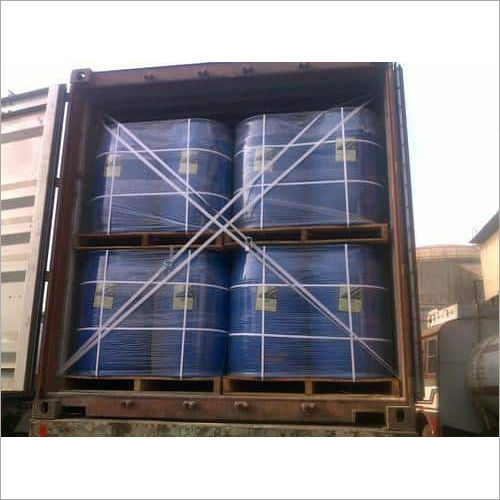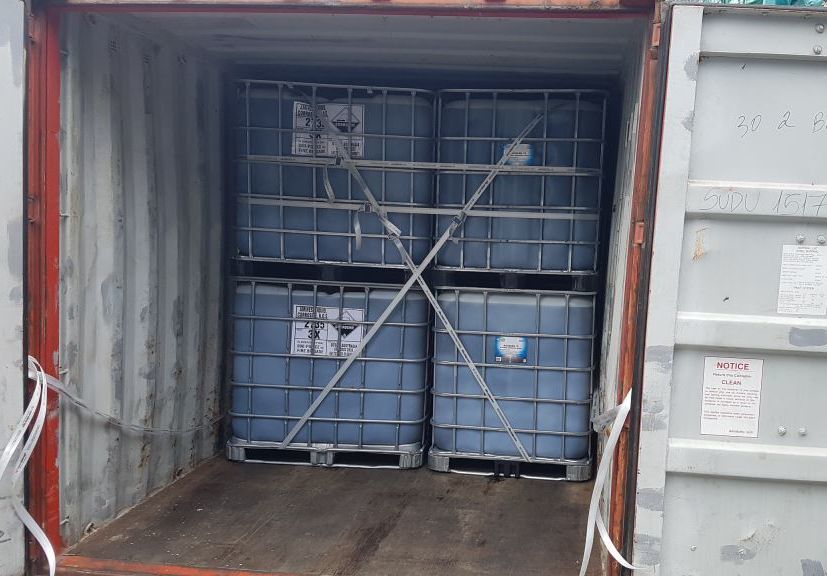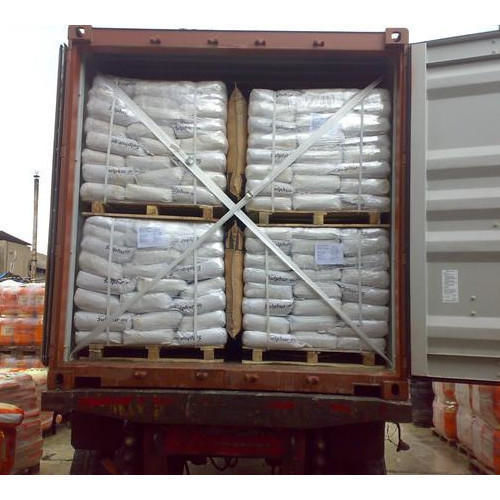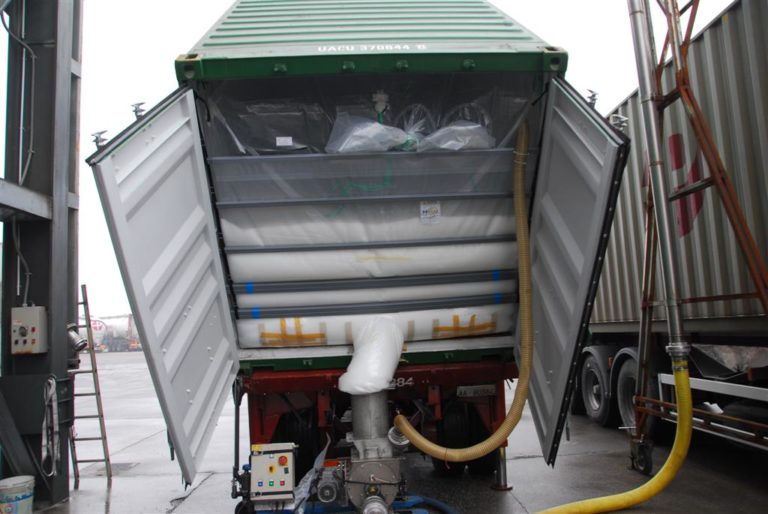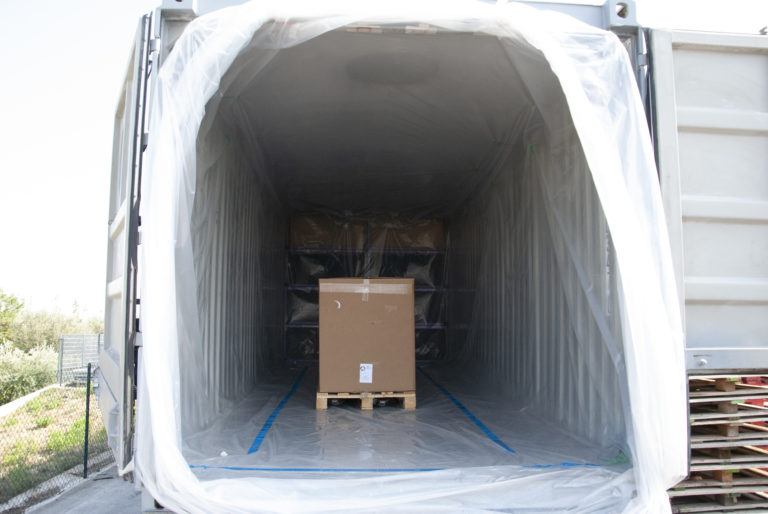Fixation of goods/cargo security
Sopack offers fixing materials and help with fixing the container
Sopack offers fixing of goods/cargo in a container/truck
The company Sopack s.r.o. offers service/service in the form of fixing goods in a container/truck. We are certified experts in securing goods in a container/truck cargo area. At the same time, we cooperate with the Dekra company for more detailed analyzes and judicial assessment of cargo fixation in the container. We will be happy to recommend a solution, train you and supply the material for fixation. Alternatively, we will secure the cargo in the container for you.
Types of containers for transporting goods
First of all, it is necessary to choose the right type of container for your goods according to weight, loading and quantity. Global companies offer several types of shipping containers. Among the most well-known and versatile containers are the twenty-foot container with a length of 6 m and the forty-foot container with a length of 12.2 m. These containers have a standardized outer width of 2.44 m (8 ft). Next are the so-called High Cube containers, which are produced in lengths of 40 or 45 feet and differ mainly in the height of the container. High Cube containers are 30.5 cm higher than standard containers. For specific loads (e.g. grain, heavy loads) open-top containers are used, so-called Open Top containers, which have standard dimensions, but have a tarpaulin roof. There are also platform containers with folding fronts, so-called Flat Rack containers. Tunnel containers, containers with open sides, or refrigerated containers called Reefers, where the container operator can set the temperature inside the container from -35°C to 30°C. Reefer containers have an external power supply unit for cooling or heating the container. Reefer containers are most often used in pharmacy and for transporting food.
Dimensions of standard shipping containers
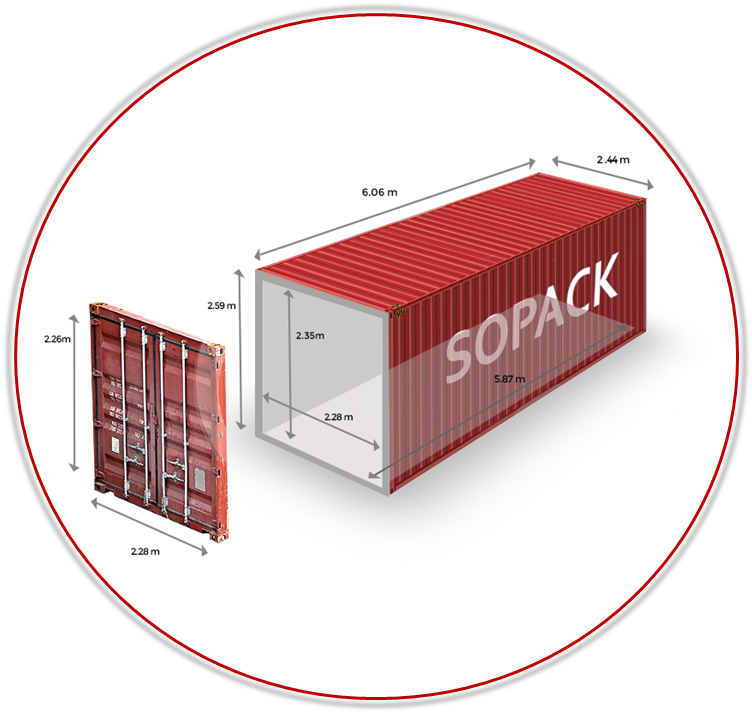
20 foot container - Standard
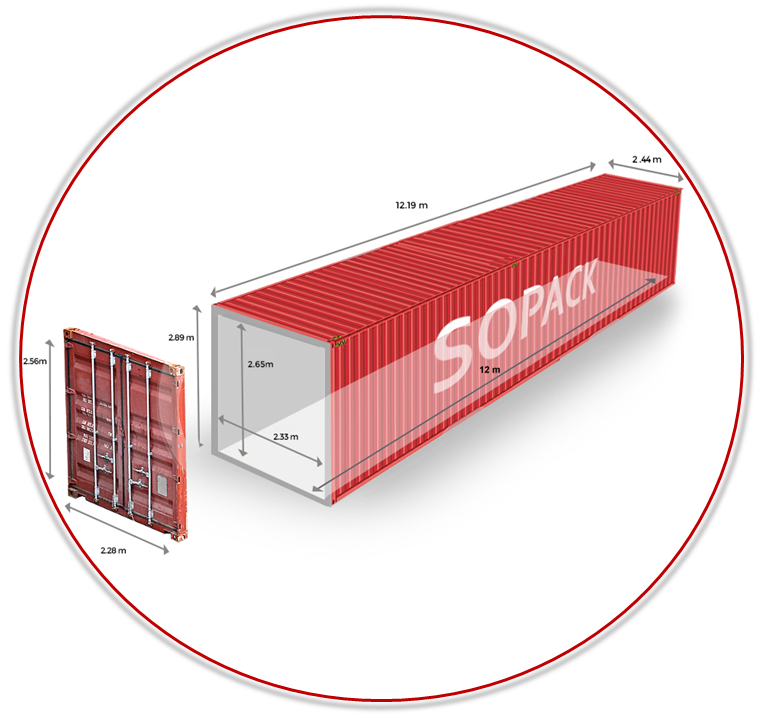
40 foot HC container - Standard
Fixation and appropriate placement of pallets in the container
The Sopack team is ready to help you with the appropriate placement of the container so that the transport container is fully loaded. Alternatively, it is also possible to use software that will help you define the correct placement of pallets in the container.
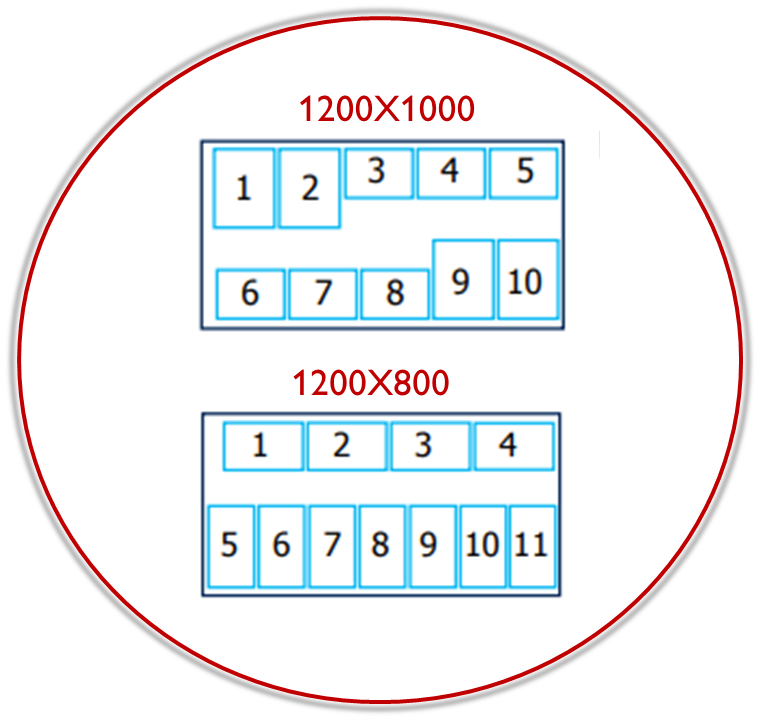
20 foot container
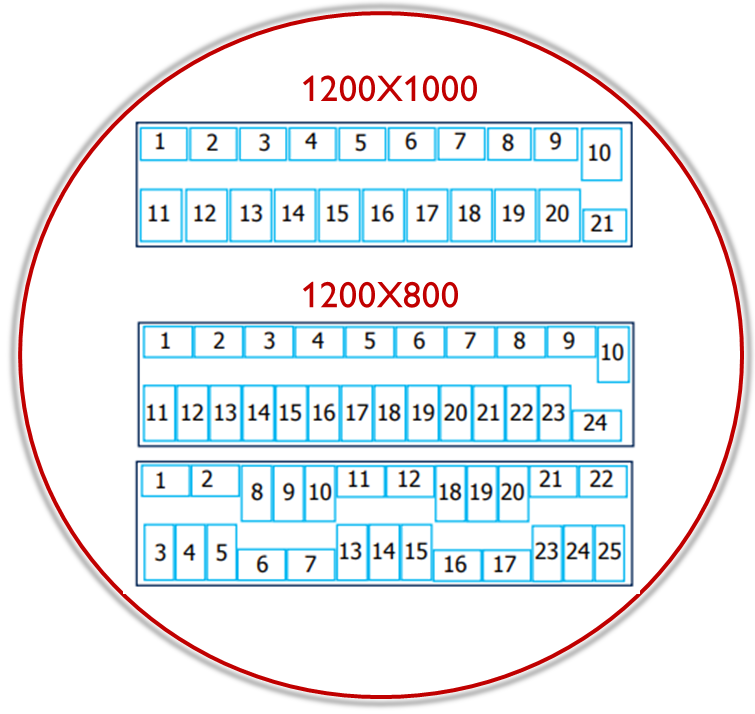
40 foot container
Calculation of container forces in intermodular transport
The Sopack team is ready to help you with the design and calculation of the forces in the container, when fixing the goods in the container it is necessary to find out the path the container will travel and accordingly calculate the forces to which the container should be fixed. According to the statistics of inspection authorities, 25% of containers exported from the EU are insufficiently secured and up to 60% of sea containers imported into the EU are insufficiently secured. The calculation of the forces in the container is defined using the standards of individual countries, or CTU Code (Cargo Transport Unit), AAR Code (Association of American Railroads) UIC, ČD Cargo. It is always necessary to focus on the container path
Calculation of container forces in maritime transport
To properly fix goods in a sea container, it is necessary to know what forces are acting on the container and in which directions the container must be secured/fixed. In marine transportation, the CTU Code specifies force distribution forward 0.4G, backward 0.4G, sideways 0.8G, upward 0.2G
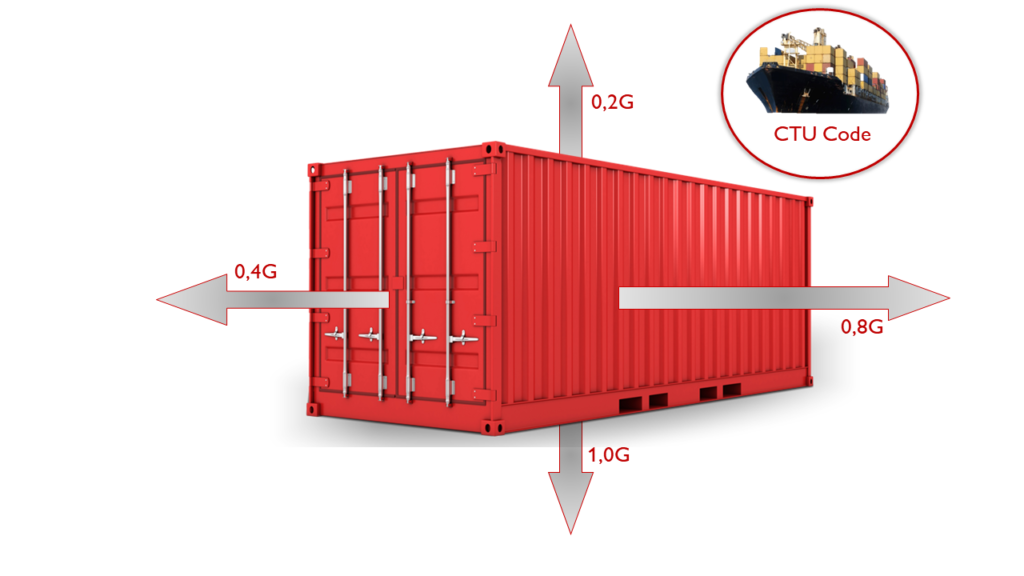
Calculation of container forces in rail transport
In order to properly fix goods in a railway container, it is necessary to know what forces are acting on the container and in which directions the container must be secured/fixed. In rail transport, the CTU Code determines the distribution of forces: Forward 0.5G, Backward 0.5G, Laterally 0.5G, Upward 0G. However, UIC and ČD CARGO has higher requirements: forward 1.0G, backward 1.0G, sideways 0.5G, upward 0.3G
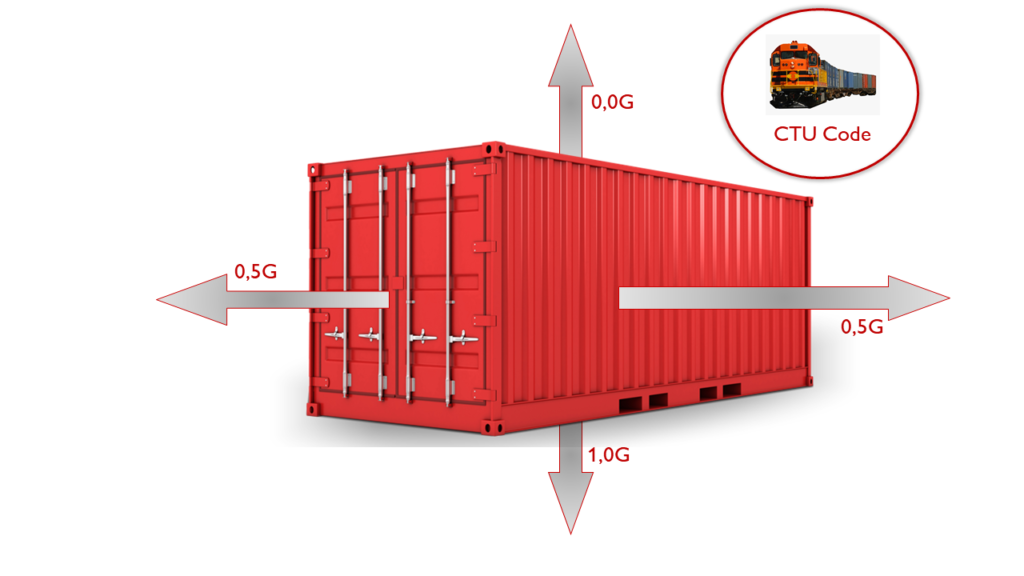
Calculation of container forces in road/truck transport
To properly fix goods in a sea container on the road, it is necessary to know what forces are acting on the container and in which directions the container must be secured/fixed. In rail transport, the CTU Code specifies force distribution forward 0.5G, backward 0.5G, sideways 0.5G, upward 0G.
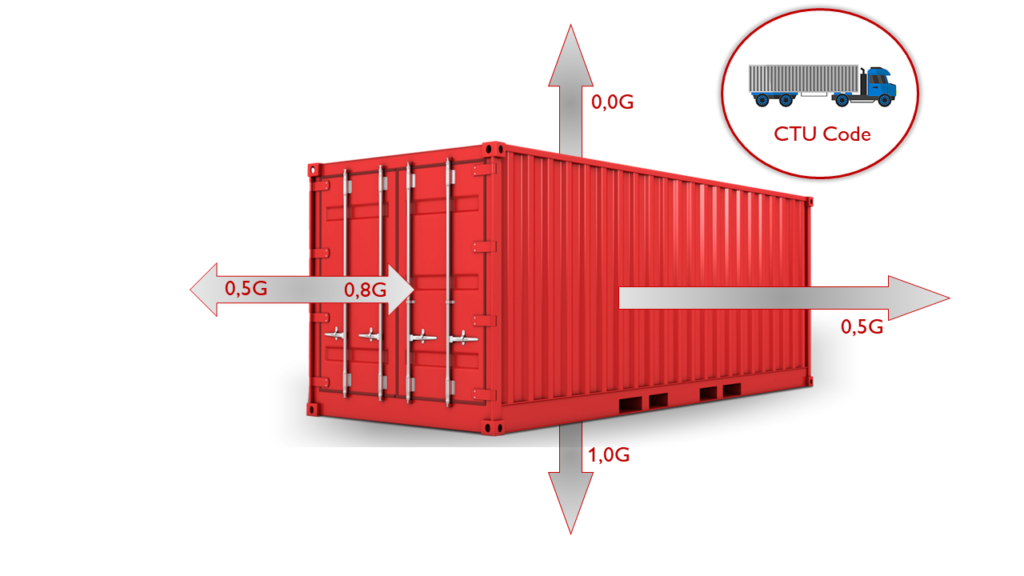
How to effectively fix and secure goods in a container?
The company Sopack s.r.o. offers several systems and recommendations for appropriate fixing of pallets, goods in a container. We are ready to supply you with all the assortment that will be necessary for fixing the goods. We offer airbags, restraints, non-slip mats, safety sheets, restraint systems and more. More on individual points.
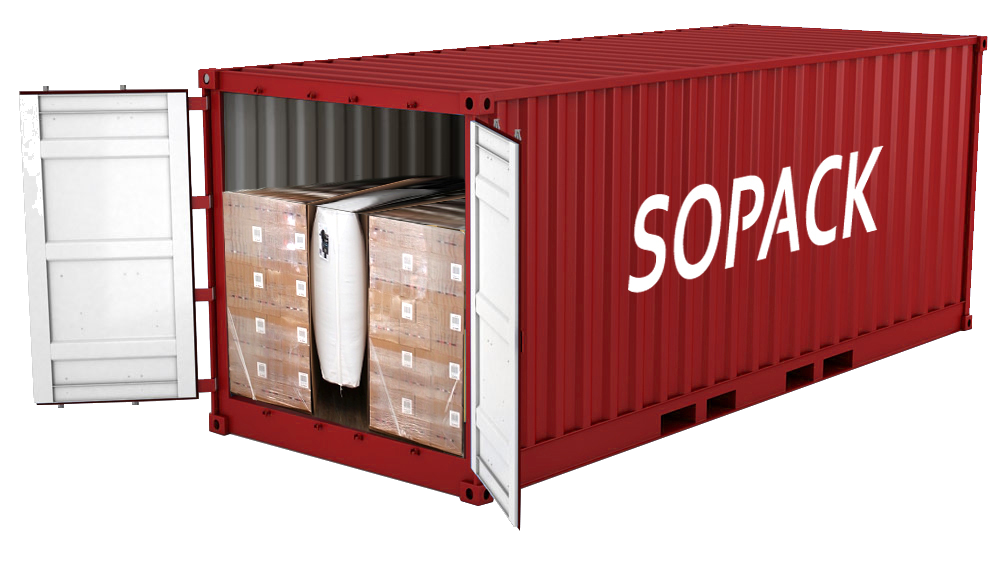
1. Primary fixation of goods using Dunnage/Air bags
The company Sopack s.r.o. offers fixation filling air bags. Thanks to the wide FAST FLOW valve, filling is fast and efficient. Plastic air bag 90x210 mm, we are able to fill it with air within 35 seconds, using a common compressor. Air fixation bags have a FAST FLOW valve, for which we will supply you with a metal filling gun, which can be immediately attached to a regular compressor using quick connectors. Air bags offer a great price/performance ratio. You can easily and quickly fill gaps up to 40 cm using standard air bags.
Dunnage bag / Air bag selection
The gap width, pallet weight, fixing direction and destination must be considered for proper selection.
2. Primary and secondary Fixation of goods using lashings
The company Sopack s.r.o. offers lashing systems, lashings, disposable lashings and safety sheets for safe transportation of your products. Thanks to a wide portfolio and storage conditions, we can quickly respond to your requests. We are ready to help you with the recommendation of a suitable harness or to help devise an anchoring system.
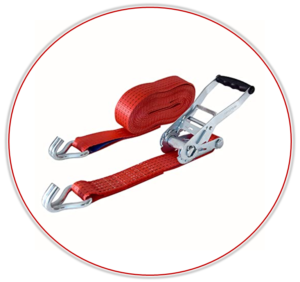
Selection of bindings
It is necessary to calculate the tonnage of the load unit/pallet so that it corresponds to the specifications of the given load. At the same time, it is necessary to take into account the stretching of the ties, so that the individual blocks are not too long. Stretching of ties is standard 3-5%
3. Secondary fixation of goods using non-slip mats
The company Sopack s.r.o. offers non-slip mats. Anti-slip mats and pads prevent impact by increasing friction between the pallet and the container floor to prevent dangerous property damage and personal injury. Our mats made of PU bonded rubber granulate can be used not only in the cargo area of the truck, but also on trailers and can be used in smaller vans weighing up to 7.5t.
Selection of anti-slip mat
When choosing an anti-slip mat, you should focus on the coefficient of friction (Sopack offers mats with a coefficient of friction of 0.8), a reputable brand and, of course, the length of the mat. (according to friction force)
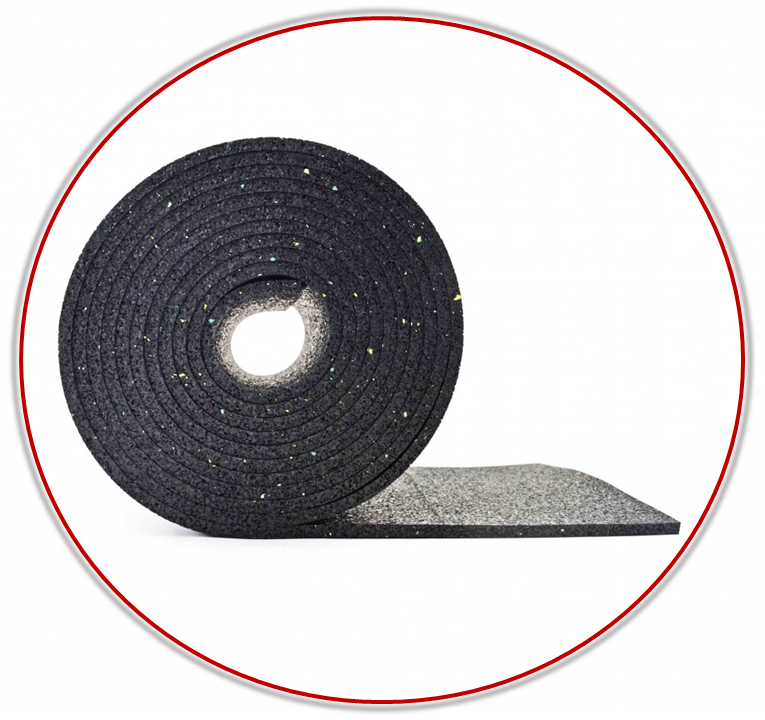
How to "easily" assess the static frictional force of your load
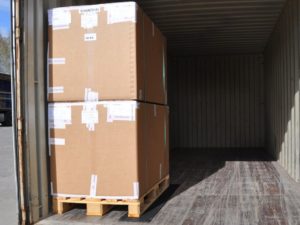
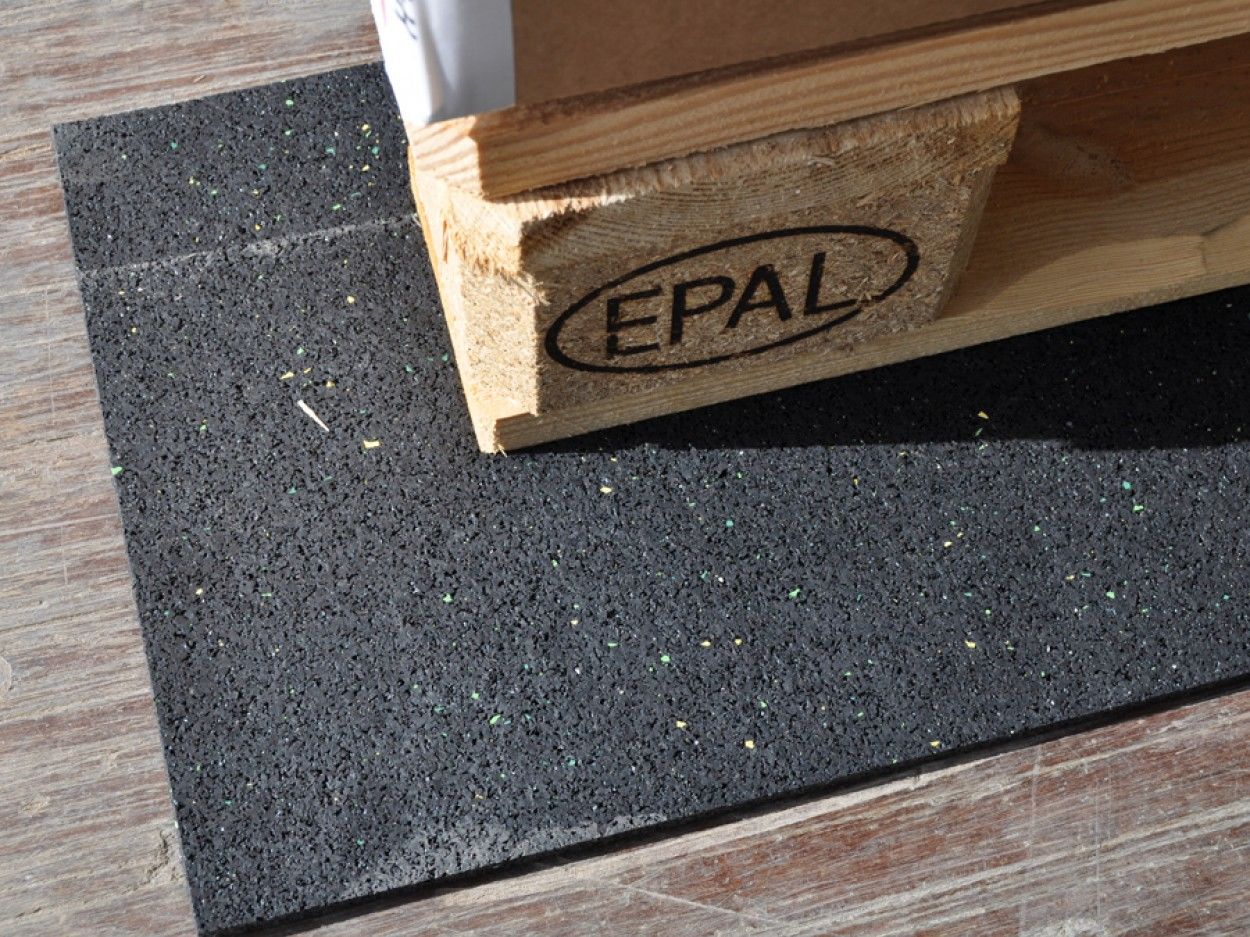
Static coefficient of friction μ
Dry Wood - Wood - 0.3-0.4
Wet Wood - Wood - 0.2
Wood - Pad - 0.6-0.8
Source: E-konstruktor
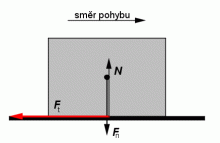
When calculating the frictional force Ff = μ N, it is necessary to take into account that we are moving in the static dimension, however, the real transport is in the dynamic dimension. And therefore it is necessary to work with an appropriate safety factor. (in which it is necessary to include the imperfect contact between the floor and the pallet, the difference between the static and dynamic coefficient of friction, wetting, floor grease and others)
4. Securing the container against moisture, abrasion, container rain
The company Sopack s.r.o. offers container dryers, container liners. Products that work against moisture, possibly abrasion and container rain. The desiccants absorb the moisture that is created in the container and by the change in temperatures, by the moisture on the seas. Desiccants absorb up to 300% of their own weight. Container liners will protect the container from the passage of moisture, infiltration of water/container rain, percolation of odors, possible contamination.
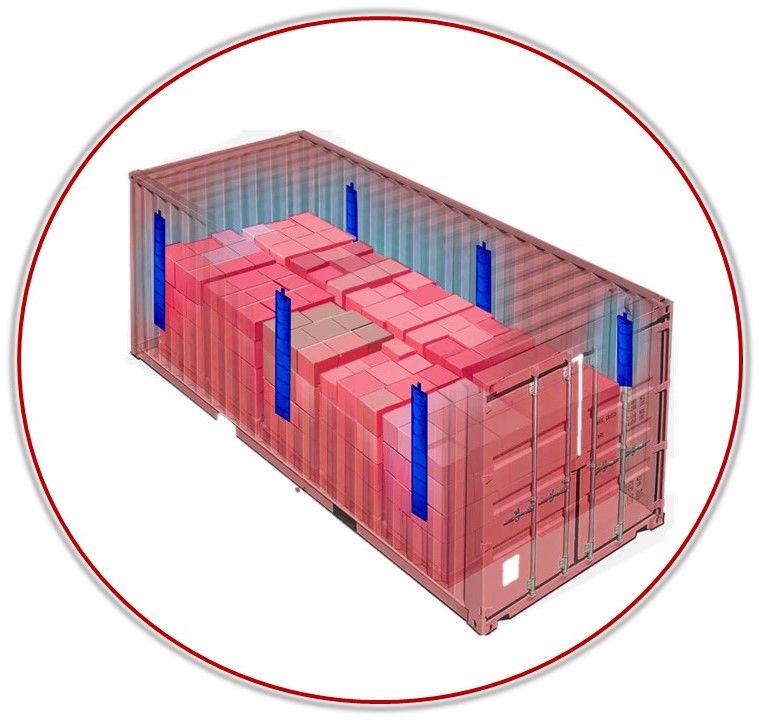
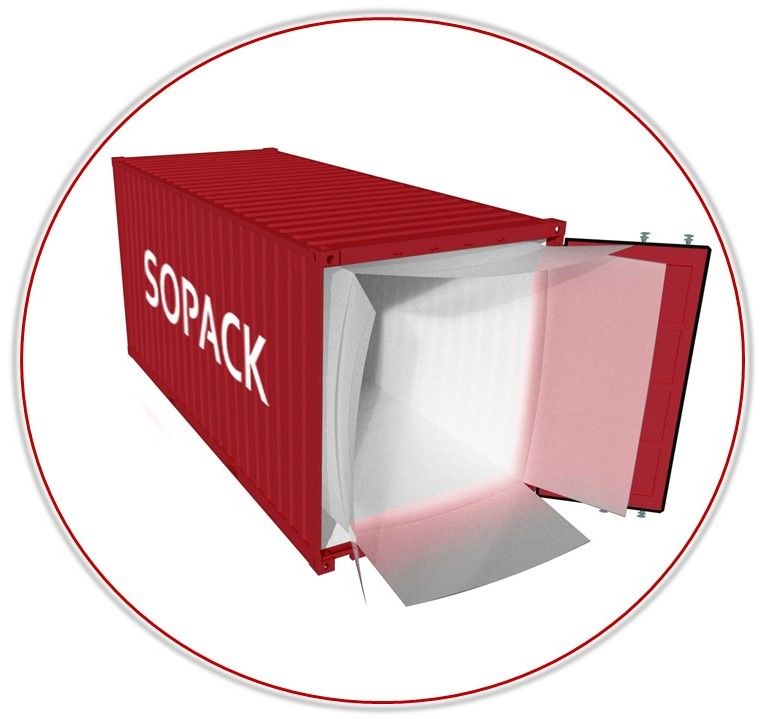
Number of desiccants per container (according to manufacturer)
The company Sopack s.r.o. offers container desiccants with a higher efficiency of up to 300%. It must be emphasized that when choosing a suitable dryer, the customer must consider some attributes such as:
- final destination,
- The journey of the container, according to similar passports and seasons.
- The type of goods in the container
- Container status, door insulation check, and more
When calculating the price of container dryers, it is necessary to calculate the overall efficiency of the dryers, according to the manufacturer's specifications. So that similar performances of dryers are compared.

5. Passive thermoregulation of the container or pallet unit
The company Sopack s.r.o. offers thermo-regulating inserts for containers or thermo-regulating packaging for pallet units. Sopack offers passive protection and thermoregulation of containers or pallets. The primary task of thermoregulating inserts is to capture temperature peaks and fluctuations during container transport. Secondary, thermoregulating inserts protect goods from moisture, container rain and odor. Thermoregulating packaging on the pallet isolates the goods from the outside environment for shorter transports, but also for container transports.
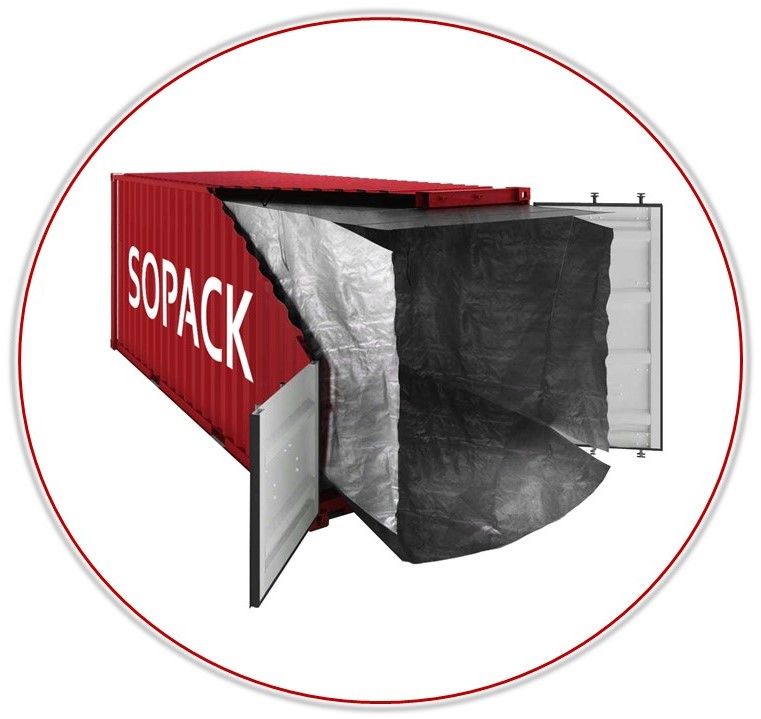
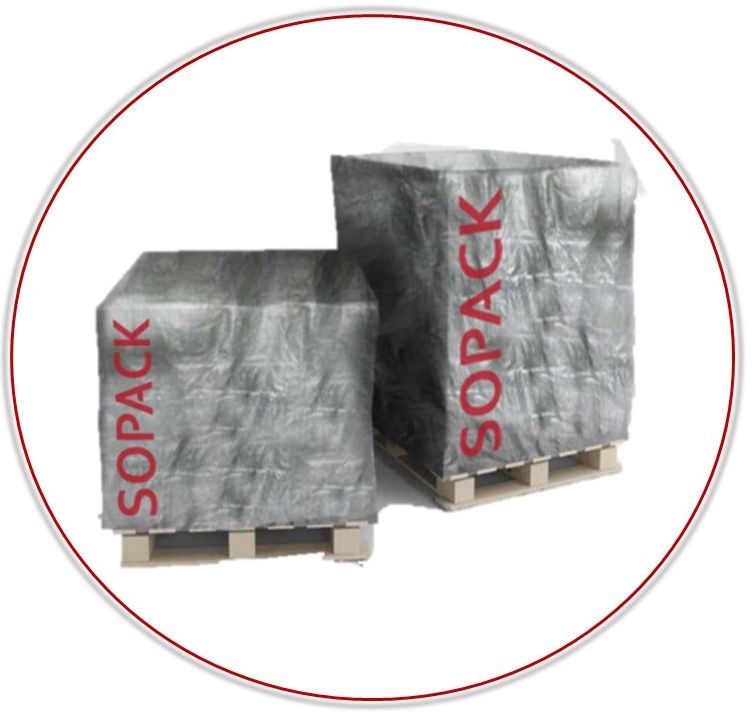
Effectiveness of thermoregulatory packaging compared to conventional materials
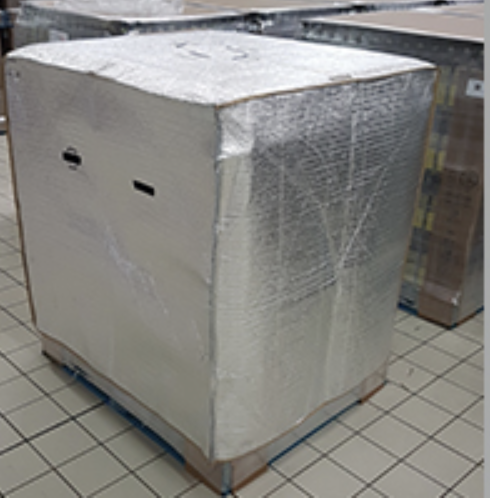
Thermal resistance R of individual materials
Thermal packaging - R=1.4 m2K/W
Bricks solid 60 cm R=0.78 m2K/W
Façade polystyrene EPS70 - thickness 60 mm - R=1.54 m2KW
Aerated concrete width 15 cm - R=1.36 m2K/W
The task of thermoregulating packaging is to reduce extreme temperature peaks or to insulate goods for short transports within 24 hours according to the required temperatures. Thermoregulating packaging or thermoregulating inserts can often replace an expensive reefer container. Which can be a big price saving for the given company. For an idea, it is possible to realize that thanks to our thermoregulating packaging you protect the goods as if you had wrapped them with facade polystyrene tl. 60 cm, or surrounded with aerated concrete 15 cm thick.
5.Transport of liquid in a container using Flexi Tanks
The company Sopack s.r.o. offers a unique and economical solution for transporting liquids in a container. We are able to help you transport up to 24,000 liters of liquids in a 20-foot container. We will advise you on which Flexi Tank to choose, what to pay attention to, and mainly we will install the Flexi Tank for you, or we will train you so that you are sure that you are installing the Flexi Tank correctly. The Flexi Tank is a multi-layer cuboid-shaped "bag" with a 3-inch filling valve. It consists of a PPW protective layer of double LDPE layers and a double PE layer with Food Grade certification.
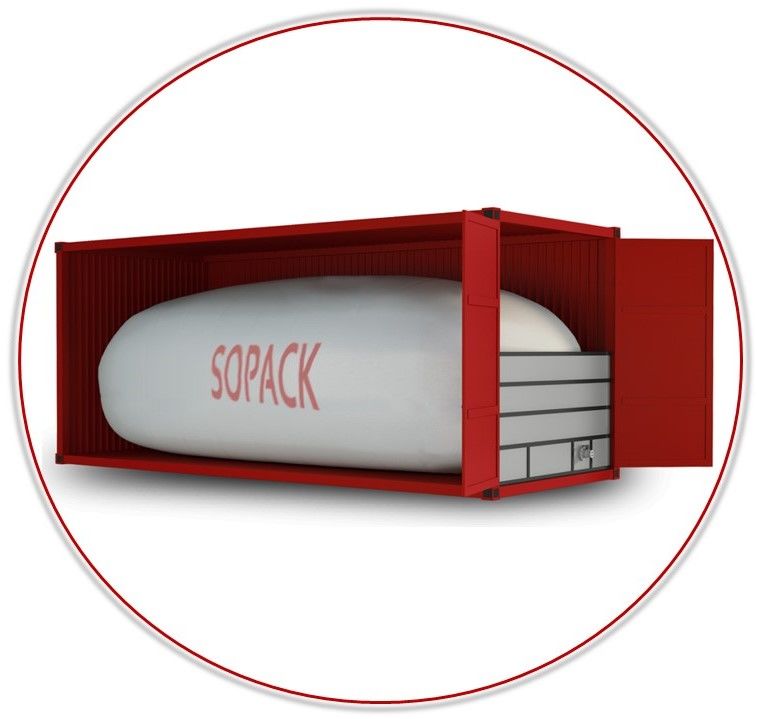
6. Efficient transport of bulk materials using container liners
The company Sopack s.r.o. offers liners for containers for transporting bulk materials, such as sugar, malt, technical materials, corn, rice. Container liners turn a container into an efficient storage of bulk materials. Sopack s.r.o. They will advise you and recommend a suitable installation, a suitable container insert. They will teach you how to properly fill and install the liner.
